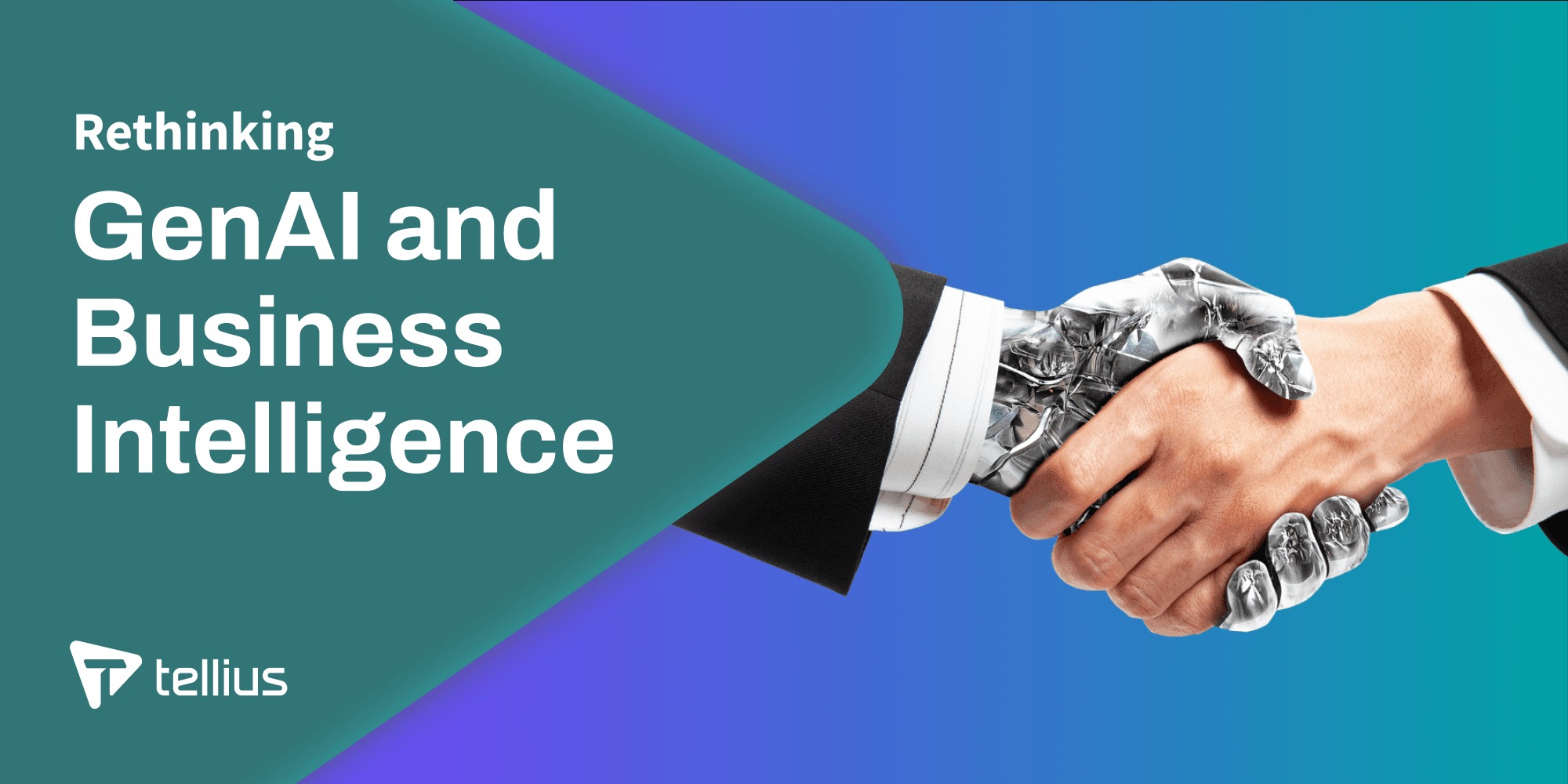Generative BI: Revolutionizing Business Intelligence with AI-Powered Insights
 Tellius Usa
Tellius Usa
Business Intelligence (BI) has long been a cornerstone of data-driven decision-making, helping organizations extract insights from vast amounts of data to guide strategy, optimize operations, and drive growth. However, the landscape of BI is evolving rapidly with the introduction of Generative BI—a new frontier that leverages AI and machine learning to automatically generate insights, visualizations, and reports. This blog delves into what Generative BI is, its transformative potential, and why businesses should consider integrating it into their analytics strategy.
What is Generative BI?
Generative BI is the next step in the evolution of business intelligence, utilizing generative AI models to automate the creation of analytical reports, dashboards, and data visualizations. Traditional BI requires users to manually query data, design dashboards, and interpret results. With Generative BI, artificial intelligence does the heavy lifting by automatically generating insights and predictive models based on data patterns, helping users make better, faster decisions without the need for specialized technical skills.
At its core, Generative BI employs advanced natural language processing (NLP) and machine learning algorithms to understand data and deliver human-like insights. Users can interact with the system using natural language, asking questions like "What are the top factors driving our sales growth?" and receiving intelligent, data-backed responses in real-time.

Key Benefits of Generative BI
Automation of Complex Analysis
One of the most significant advantages of Generative BI is its ability to automate complex data analysis. Traditional BI tools require users to have a good understanding of data modeling and querying, which can be time-consuming and challenging for non-technical users. Generative BI, on the other hand, uses AI to sift through large datasets, identify trends, and present insights automatically. This allows decision-makers to focus more on strategy and execution rather than spending time analyzing raw data.
Improved Accessibility for Non-Technical Users
Generative BI democratizes access to data insights. In traditional BI environments, non-technical users often rely on data analysts or IT teams to provide reports and visualizations. With Generative BI, users can interact with the system through simple, natural language queries, making it easier for people across the organization to access the information they need. This increased accessibility fosters a more data-driven culture, where insights are no longer confined to a select group of data professionals.
Personalized and Contextual Insights
Generative BI doesn’t just provide generic reports; it delivers personalized and contextual insights tailored to specific business needs. For example, a marketing manager might receive an AI-generated report highlighting key trends in customer behavior, while a financial analyst may get insights into cash flow patterns. By understanding the context of the data and the specific needs of each user, Generative BI ensures that the insights provided are relevant and actionable.
Faster Time-to-Insight
In today’s fast-paced business environment, speed is everything. Generative BI accelerates the time-to-insight by eliminating the manual processes associated with traditional BI. Instead of waiting days or weeks for reports, users can access real-time insights instantly. This capability is crucial for businesses looking to stay competitive in industries where rapid decision-making can make or break success.
Enhanced Predictive Capabilities
Generative BI not only analyzes historical data but also leverages predictive analytics to forecast future trends. By identifying patterns and anomalies in the data, it can generate forward-looking insights, such as sales forecasts, customer churn predictions, or risk assessments. These AI-driven predictions enable businesses to be more proactive, addressing potential issues before they arise and capitalizing on emerging opportunities.
Use Cases of Generative BI
Generative BI can transform a wide range of industries and use cases, including:
Retail: Generative BI can automatically generate insights into customer purchasing patterns, helping retailers optimize inventory, improve customer targeting, and increase sales.
Healthcare: Medical professionals can use Generative BI to quickly analyze patient data, detect trends, and generate personalized treatment recommendations.
Finance: Financial institutions can leverage Generative BI to monitor market trends, assess risks, and generate automated compliance reports.
Manufacturing: Manufacturing companies can use Generative BI to analyze production data, identify inefficiencies, and forecast demand for improved resource allocation.
Generative BI is revolutionizing the way businesses approach data analytics by making insights more accessible, personalized, and timely. By automating complex analysis, providing predictive insights, and enabling natural language interaction, Generative BI empowers organizations to make faster, smarter decisions without the need for technical expertise. As AI continues to advance, Generative BI is poised to become an essential tool for businesses looking to stay competitive in the age of data. Organizations that embrace this cutting-edge technology will not only benefit from enhanced decision-making but also create a culture where data is central to every strategic move.
Subscribe to my newsletter
Read articles from Tellius Usa directly inside your inbox. Subscribe to the newsletter, and don't miss out.
Written by
